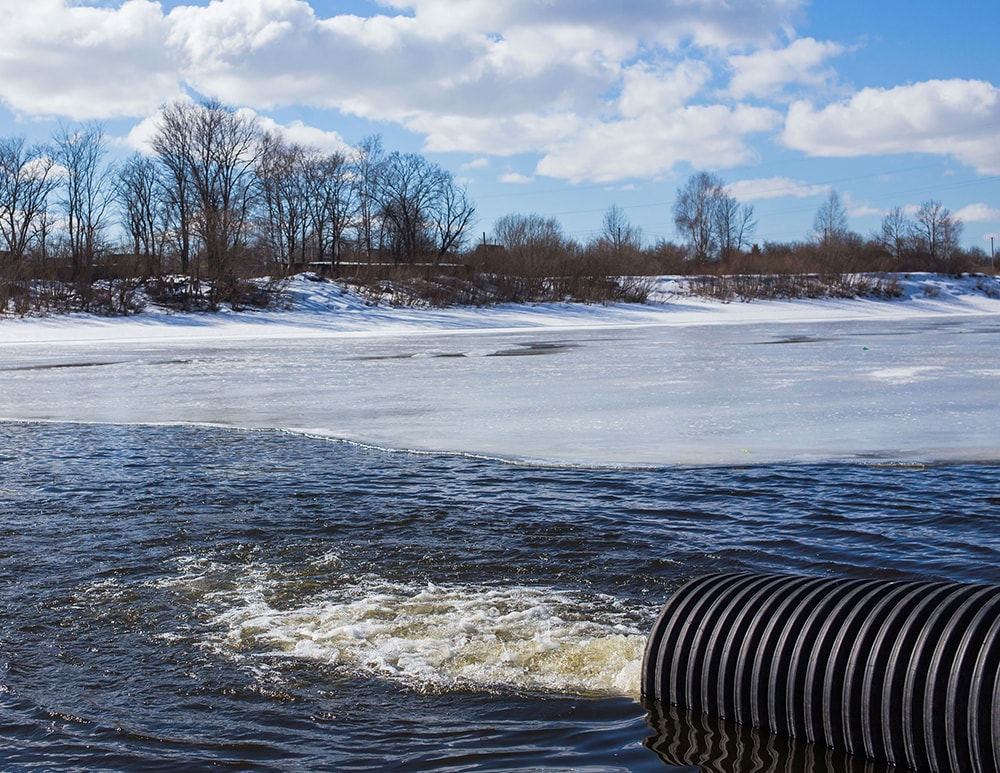Key points
Antibiotic resistance in water is a One Health issue impacting life across humans, animals, and the environment. Coordinated action is an important step towards solutions.

Background
Antibiotic resistance, the ability of pathogens to defeat the drugs designed to kill them, can affect many aspects of daily life. Antibiotics save lives, but any time antibiotics are used—in people, animals, or crops—they can cause side effects and can lead to antibiotic resistance, making infections harder or impossible to treat. Antibiotic-resistant pathogens can also share their resistance genes with other pathogens. Even if they have never been exposed to antibiotics, this allows the other pathogens to become resistant to antibiotics.
The challenge
As a One Health issue impacting life across humans, animals, and the environment, antibiotic resistance is found in one of the most basic resources for life – water. Antibiotic-resistant pathogens and their genes have been found in streams, rivers, lakes, and oceans. They can often be traced back to discharge flowing from hospitals, farms, or sewage systems. Even properly functioning wastewater treatment systems may not fully remove resistant pathogens and their genes.
What experts are saying
CDC recently sat down with international experts across One Health to discuss this critical issue and hear more about the important work happening to track antibiotic resistance in water, examine its impact on public health, and take action to address this potential threat. This conversation happened as a part of CDC's AMR Exchange, a new global webinar series launched in May 2021 to engage a broad group of partners, practitioners, and policymakers on antibiotic resistance. (Watch the May webinar on Antibiotic Resistance and COVID-19 here.)
Dawn Sievert, CDC's Science Advisor for Antibiotic Resistance, served as moderator, kicking off the conversation with Amy Kirby, Program Lead of CDC's National Wastewater Surveillance System (NWSS)—a surveillance system tracking transmission of various pathogens in communities, including pathogens that are resistant. NWSS builds off of a CDC Antibiotic Resistance Solutions Initiative investment to research antibiotic-resistant bacteria in wastewater, providing critical data from across the United States to CDC researchers in a matter of hours. Kirby sees NWSS as a valuable tool to track antibiotic resistance genes across the country, giving insight to how the environment, people, and animals are exposed to and contributing to their emergence and spread.
One route antibiotic resistance can enter the environment is through biofilms—a difficult to remove communal habitat of organisms living on surfaces. Rod Donlan, Lead of CDC's Biofilm Laboratory, explained that biofilms are an ideal home for antibiotic-resistant bacteria to live and to share resistance genes. To eliminate this risk of exposure, Donlan and his team devised a solution by applying phages—viruses that are targeted to kill specific bacteria—directly to plumbing surfaces in hospitals, a common source of biofilms in health care, to disintegrate the biofilm structure and destroy the resistant bacteria inside. Donlan emphasized that this innovative solution keeps resistant bacteria away from patients and healthcare workers, while also keeping resistant bacteria from entering wastewater through plumbing.
When resistant bacteria do enter wastewater through plumbing, the effect can be seen throughout the environment. Tom Wittum, Professor and Chair of Veterinary Preventative Medicine at the Ohio State University, discovered that not only do resistant bacteria and their genes exist in the wastewater of hospitals, they persist in surrounding surface water, river sediment, and river wildlife, even after the water is decontaminated. Wittum underscores infection prevention and control, and antibiotic stewardship—whether it be in healthcare facilities, in the community, or on farms—must be prioritized to stop the spread of antibiotic resistance.
Antibiotics are not just flowing into the water through wastewater systems. They are also entering through discharge from pharmaceutical companies, healthcare facilities, and even human waste. Carl-Fredrik Flach, Associate Professor at the University of Gothenburg, described how this discharge can put pressure on bacteria living in water, allowing them to develop resistance. These bacteria can then share their genes with other bacteria living in wastewater and surface waters, potentially exposing surrounding humans and animals. Flach noted that pathways for bacteria to develop resistance can be especially difficult to control and monitor in countries with poor sewage infrastructure. He underscored that global surveillance to guide prevention activities and infrastructure to protect people and animals is critical.
Next steps
As experts at CDC and abroad continue to gain a better understanding of how antibiotic-resistant pathogens and their genes impact human and animal health, one thing is clear—everything is connected. Coordinated, aggressive action and a One Health approach are critical to effectively prevent the emergence and spread of resistant pathogens among people, animals, and the environment. CDC uses and invests in partners across sectors who leverage a One Health approach to combat antibiotic resistance threats.
